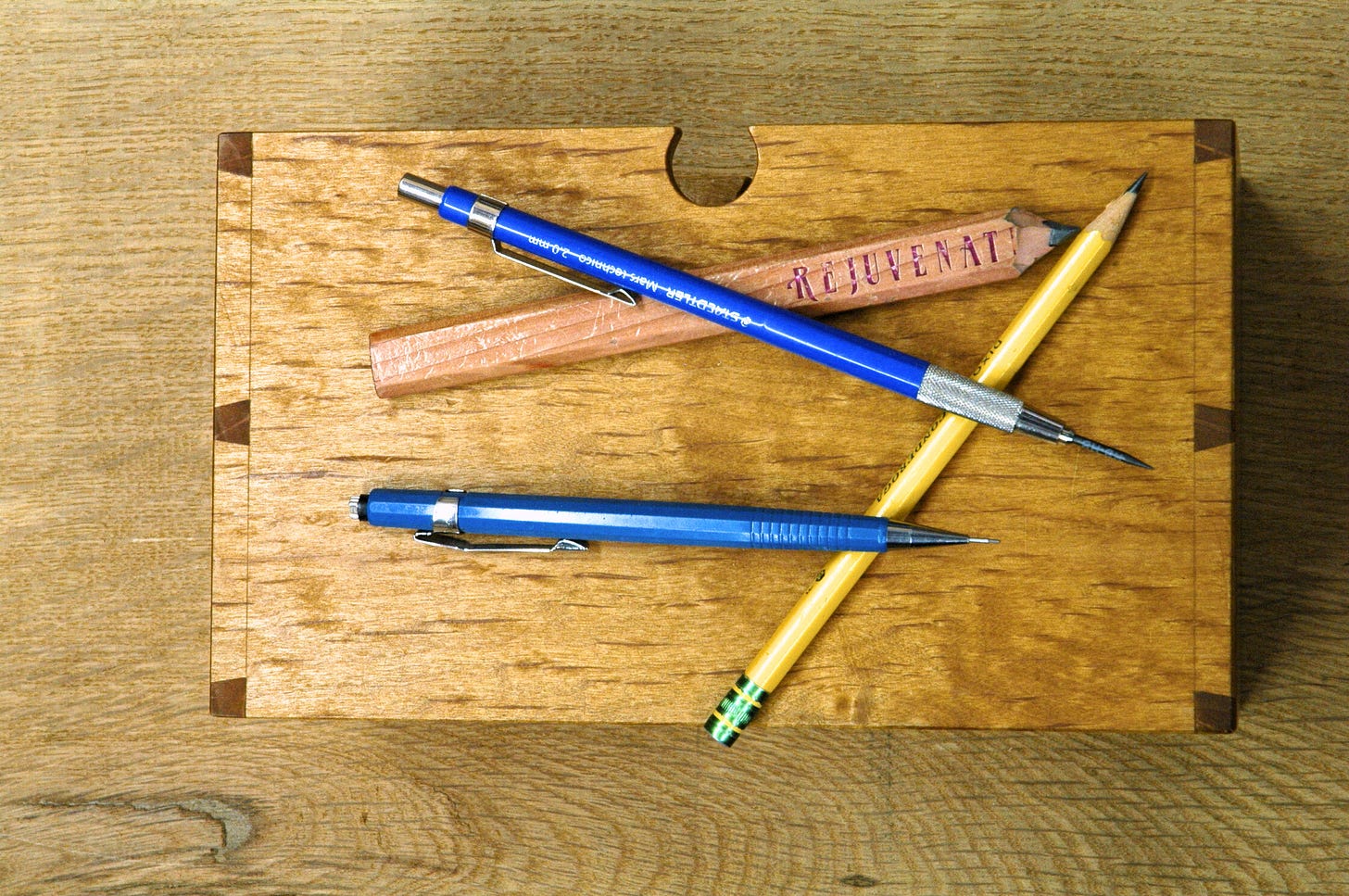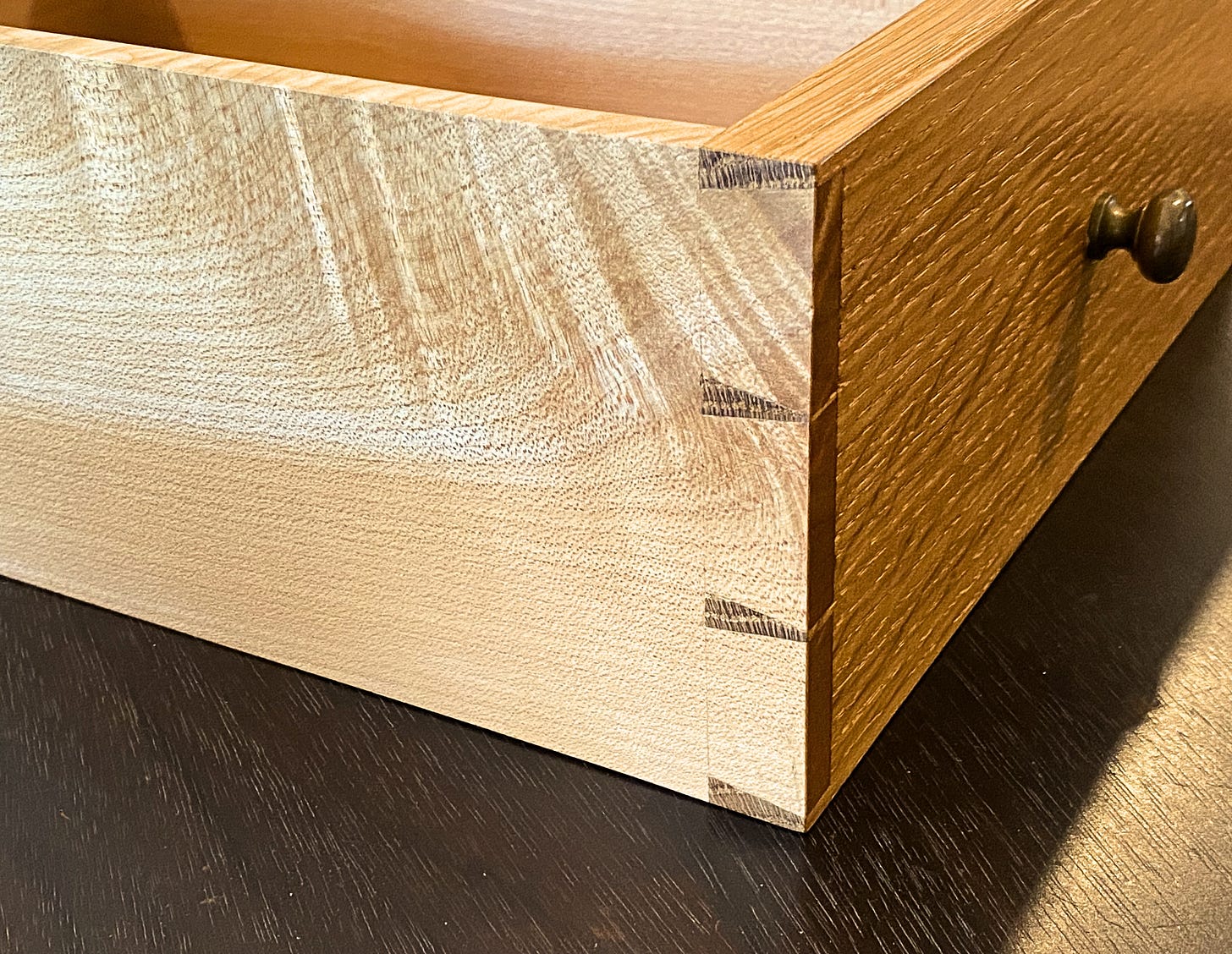Measuring by Eye
Gary Rogowski—woodworker, furniture-maker, author, and craftsman—muses on a skill of the trade that can take a lifetime to master.
Dear Friends,
This week, I’m pleased to introduce the first of three short articles by a master craftsman and old friend of this magazine, Gary Rogowski. For any new readers who don’t know his name already, Gary is the founder and director of the Northwest Woodworking Studio, host of the Splinters podcast, and the author of several books on woodworking—as well as multiple articles for Craftsmanship and other publications. We’re delighted to welcome him back to our pages with a new “mini series” of articles that we’ll be releasing over the next few months.
In today’s featured story, Gary focuses—quite literally—on how he developed the ability to “eyeball” precise measurements in his work, eventually learning to see differences of 1/64" (or 1/3 mm), and less.
We hope you’ll enjoy reading, “Measuring by Eye,” written by .
We always welcome your thoughts and suggestions, which you can offer in a comment, by tagging us in Notes, or via email. Thank you for reading and sharing our stories, for supporting our work with a paid subscription if you can, and for being such a loyal part of the Craftsmanship community.
Sincerely,
Todd Oppenheimer
Publisher & Editor-in-Chief, Craftsmanship Magazine
“The ability to see things without pulling out a ruler and knowing that one is right is something I grew to like. It involved trusting myself in a way that I never could have done as a novice.”
Measuring by Eye
Story by
Precision is more than a relative concept. One is not ‘sort of’ precise in furniture-making. Precision involves an attitude about the work; standards for making; and, in fact, a way of seeing the world.
There are various metrics for what precision means. For a welder, being short by 1/32" just means making a slightly wider weld. Silicon wafer factories measure their results in microns. A considerate furniture maker who makes an error of .75mm / 1/32" fixes it.





